Ultimate Guide
Greek Olive Oil 101
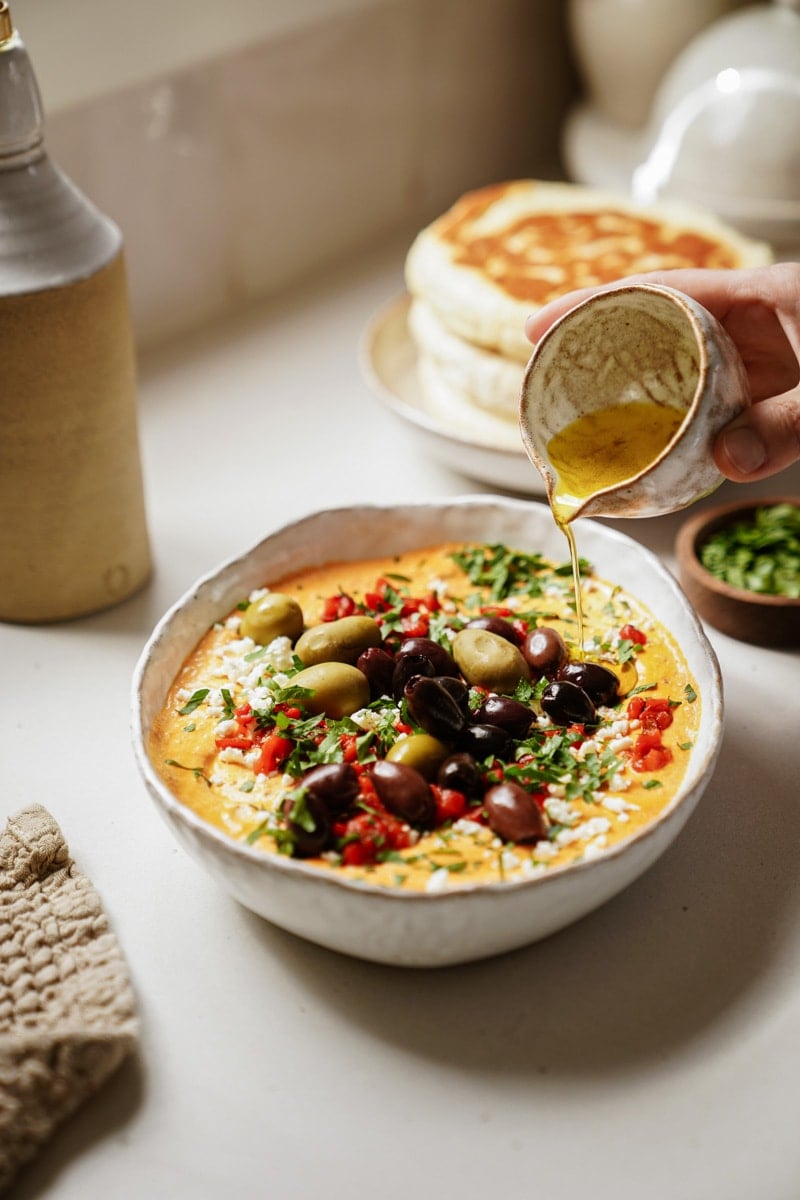
If there is one necessity you’ll find in almost every kitchen, it’s an oil, more specifically, olive oil. Olive oils are a kitchen staple used in virtually any recipe you make. As a Greek, you know I always have a high-quality Greek Olive Oil on hand in my cupboard and reach for it daily.
The production and use of Greek Olive Oil dates back thousands of years and the production of olive oil in Greece has been engrained in the culture. It has been used in religious ceremonies, athletic competitions, and as a symbol of wealth and status. Today it is celebrated for its quality, flavor, and countless uses in the kitchen.
The reason Greek Olive Oil has grown so much in popularity and become such a staple in the kitchen is because of its rich health benefits, and its high smoking point (making it suitable for all sorts of cooking like frying and sauteing). It can even be used in baking and consumed on its own by using it as a dip for bread.
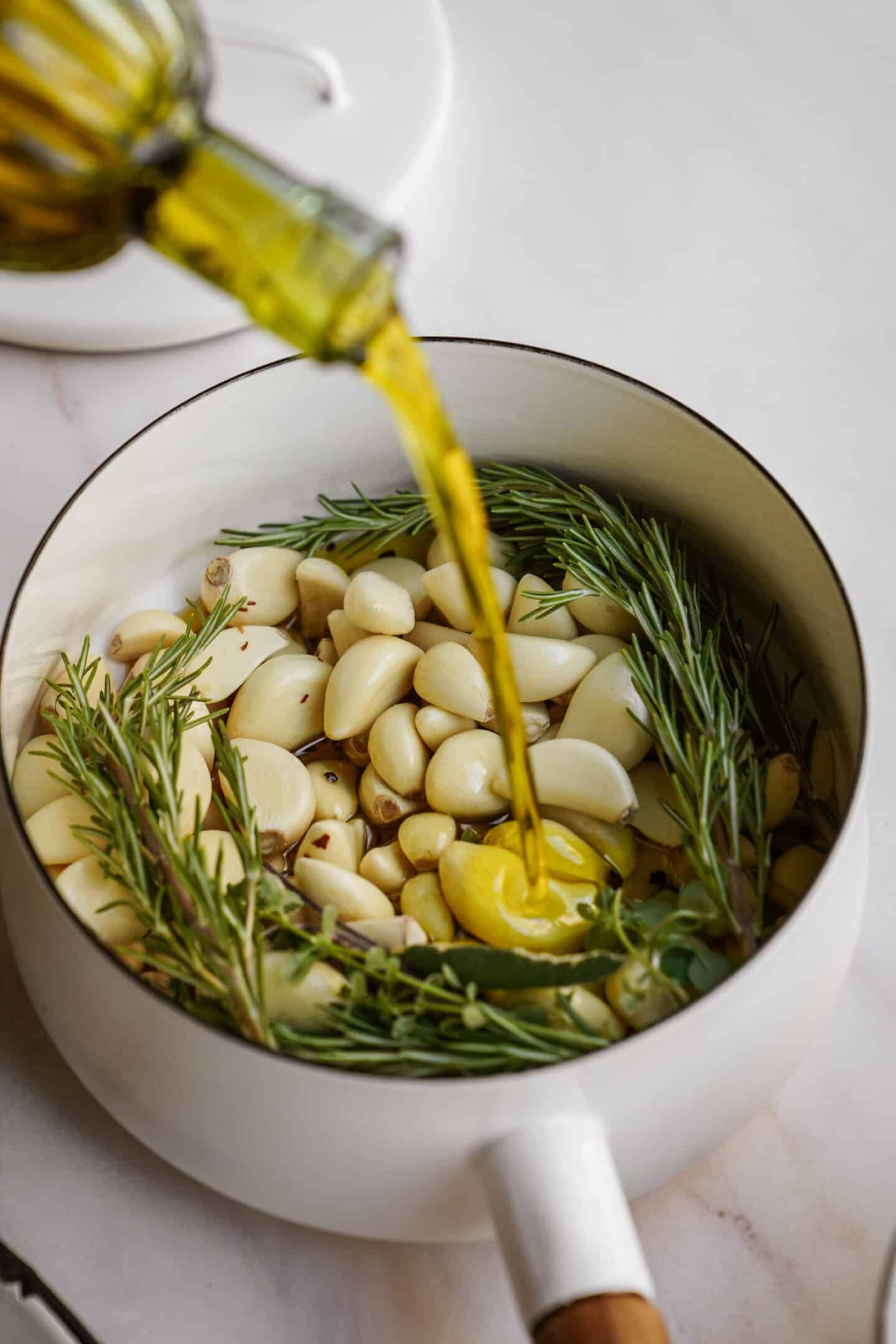
Greek Olive Oil
Greek Olive Oil is unique for a variety of reasons. Here are just a few:
- Unique Olive Varieties: Greece has a large range of olive cultivars that each have their unique flavor. With this diversity in olives, you’ll get a variety of different flavor profiles that make Greek Olive Oil distinct and unique.
- Geography & Climate: The diverse geography and climate of Greece significantly impacts the flavor of the olives. Whether it’s the sunny Aegean Islands or the mountains in mainland Greece, each province’s olive oil is unique.
- Traditional Production Methods: Many Greek olive oil producers still adhere to traditional production methods, emphasizing quality and sustainability. This often includes hand-harvesting olives and using traditional stone mills for pressing, which all contribute to the quality and flavor.
- Quality Control: Greece has strict regulations regarding olive oil production and labeling, ensuring that only high-quality oils are labeled as such. This helps them remain so reputable in the olive oil world.
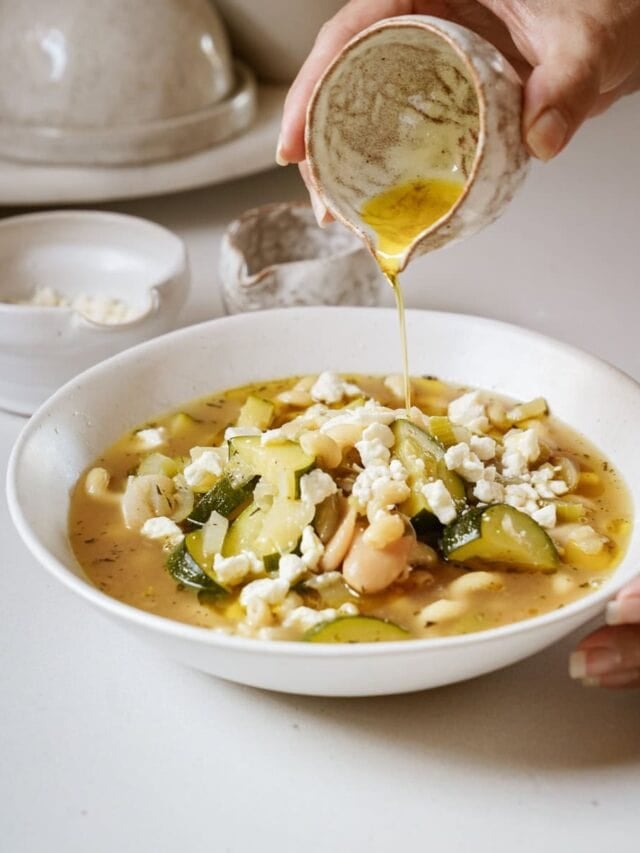
Types of Olive Oil
There are several different kinds (also known as “grades”) of olive oils and to find the right olive oil for you and most importantly, a good quality olive oil, it’s important to know what you’re looking for. Here are the most common types:
Extra Virgin Olive Oil (also known as EVOO):
EVOO is the highest quality of olive oil and the one we see the most frequently but what is Extra Virgin Olive Oil? What makes it “extra virgin” is that it’s made from the first cold press of the olives, meaning it has the highest level of antioxidants and flavor. EVOO has a low acidity, its fruit is peppery and so silky smooth.
Virgin Olive Oil:
Virgin Olive Oil is made from the first cold press but is slightly higher in acidity than EVOO. Virgin Olive Oil has a stronger, more pungent flavor and serves a better purpose as cooking oil (where EVOO can be consumed on its own in salad dressings, drizzling on top of finished dishes, etc.).
Refined Olive Oil:
Redined Olive Oil is made from olives that have been chemically treated to remove defects in the flavor or aroma. It has a milder flavor and a higher smoke point and is best used where you prefer a super neutral flavor like in frying.
Outside of the above, you’ll also find blends, where producers blend a variety of oils from the above to make their unique flavors. You can also find flavored olive oils which can be great in dressings or specific recipes. When searching for the best olive oil for you, you’ll want to read the label. More on that below.

Health benefits of olive oil
When many people think of oil they think unhealthy, but that’s not the case with olive oil, particularly extra virgin olive oil. EVOO is full of health benefits and a rich source of healthy fats. EVOO is also:
- Packed with antioxidants such as vitamin E and polyphenols which can contribute to reduced inflammation.
- Some studies show that EVOO can also help improve bone health and protect against certain types of cancer, as well as support brain function.
How do they make olive oil?
There are key steps to making olive oil and I could keep you here all day talking about it but here it is in a nutshell:
- Harvesting: Ripe olives are harvested from olive trees, either by hand or by mechanical means.
- Washing and Cleaning: The harvested olives are thoroughly washed and cleaned to remove any leaves, twigs, or other debris.
- Crushing: The olives are then crushed into a paste.
- Malaxation: This is a crucial step where the olive paste is gently kneaded and mixed to release the oil.
- Separation: The olive paste is then pressed to separate the oil from the solids.
- Centrifugation: Modern methods often involve “centrifugation” which essentially uses centrifugal force to separate the oil from the water and solids.
- Decantation and Filtering: The oil is then decanted (to separate any remaining water) and filtered to remove any sediment.
- Storage and Bottling: This step is pretty straightforward. 😉
For EVOO this entire process is done at a low temperature to help preserve its flavor and aroma. It doesn’t use any heat or chemicals, which is largely what makes it so delicious!
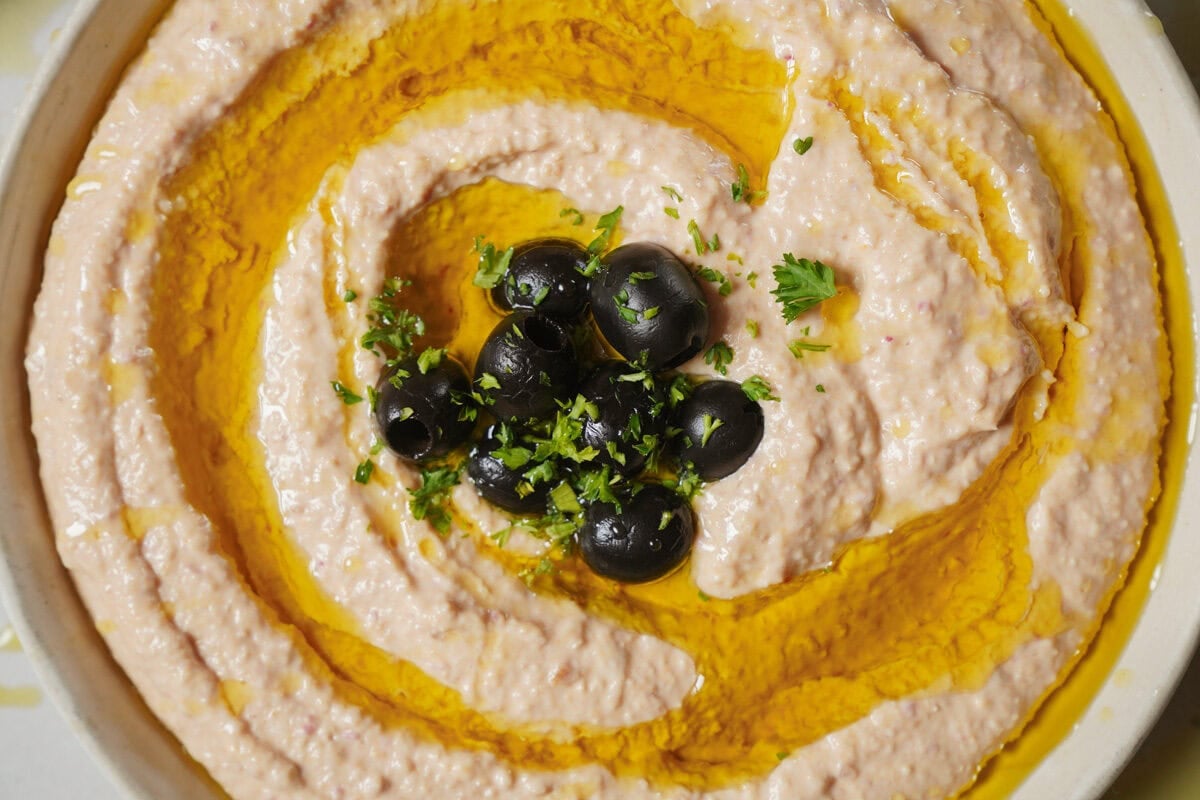
Picking the best olive oil for you
To pick the best quality olive oil, you’re going to want to look for “Extra Virgin Olive Oil” on the label. Then you are going to want to look for a few other key factors:
- Country of Origin: Where is the olive oil produced? I always lean towards Greek Olive Oil because I trust the quality.
- Date: Freshness is key. Look to see if there is a harvest or best-before date.
- “Cold-Pressed” or “First Cold-Pressed”: This indicates that there was no heat used in the extracting process.
- “Single Estate” or “Estate Bottled”: These terms suggest that the olives were sourced from a single farm, potentially indicating higher quality control.
- Color: Early harvest olive oil, when the olives are still green, is more intense, grassy, bitter and pungent. Late harvest olives that are fully ripe is milder.
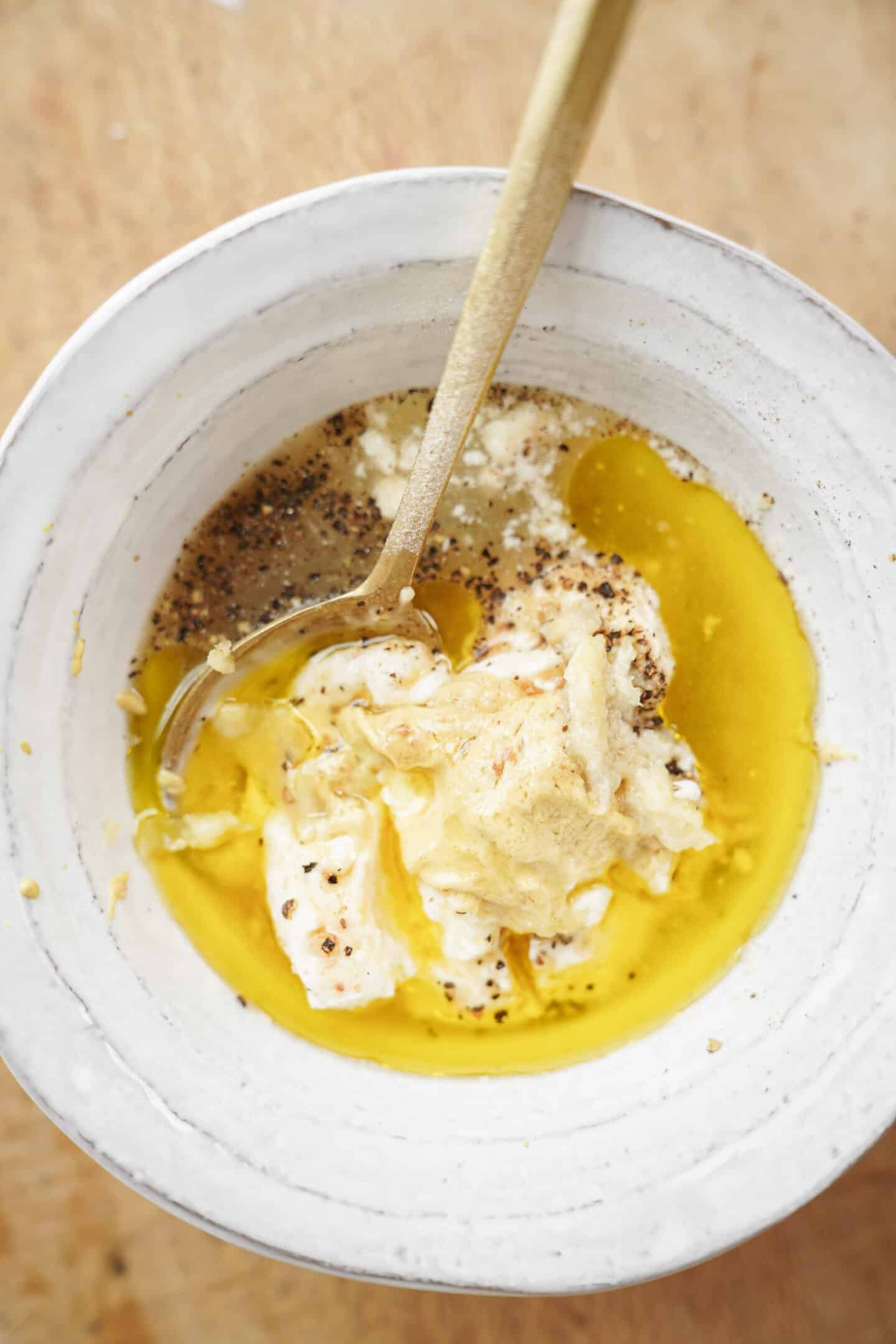
Different uses for olive oil
Outside of cooking with olive oil, there are also so many other things you can use it for. Here’s some inspo:
Beauty:
- Moisturizer: Olive oil can be used as a natural moisturizer for skin and hair.
- Makeup Remover: Gently removes makeup without drying out the skin.
- Cuticle Oil: Softens and conditions cuticles.
Household Uses:
- Wood Polish: Can be used to polish wooden furniture and cutting boards.
- Rust Remover: Helps loosen rust from metal surfaces.
- Lubricant: Can be used to lubricate squeaky hinges or stuck zippers.
Other Uses:
- Massage Oil: Olive oil can be used as a massage oil for a relaxing experience.
- Sunburn Relief: Some people find that applying olive oil can help your mild sunburn and help provide relief.
Expert Tips & FAQ:
Yes! Olive oil, in particular, Extra Virgin Olive Oil, has so many health benefits. It is rich in monounsaturated fats (the healthy kind of fat) and contributes to heart health. EVOO is also packed with antioxidants like vitamin E and polyphenols which are important to help protect your cells from damage and help reduce the risk of disease.
Storing your olive oil properly will ensure it remains at its best. Store it in a cool, dark place like a pantry or under your cupboards. Make sure it’s in an airtight container, and avoid storing it in plastic containers.
It’s key to make the most of your olive oil by cooking with it properly. You’ll want to ensure you don’t cook with it over high heat, especially if you are using EVOO vs. refined oils that have a higher smoking point. This ensures it maintains the best flavor profile in your recipes.
Olive oil is graded based on its quality, acidity level, and production methods. The main grades are: Extra Virgin Olive Oil (the highest quality), Virgin Olive Oil, Refined Olive Oil, and Olive Oil.
To make sure you have the best olive oil. Look for EVOO that has a distinct, fruity, peppery, and slightly bitter flavor and aroma. It shouldn’t taste bland. You also want to look for “Extra Virgin” on the label, and pay attention to where the oil came from to ensure it’s from one of the high-quality olive oil production regions such as Greece, Spain, Italy or California.
Sealed olive oil will last from 18-24 months. Once it’s opened, quality will decrease so it should be used within 6 months.
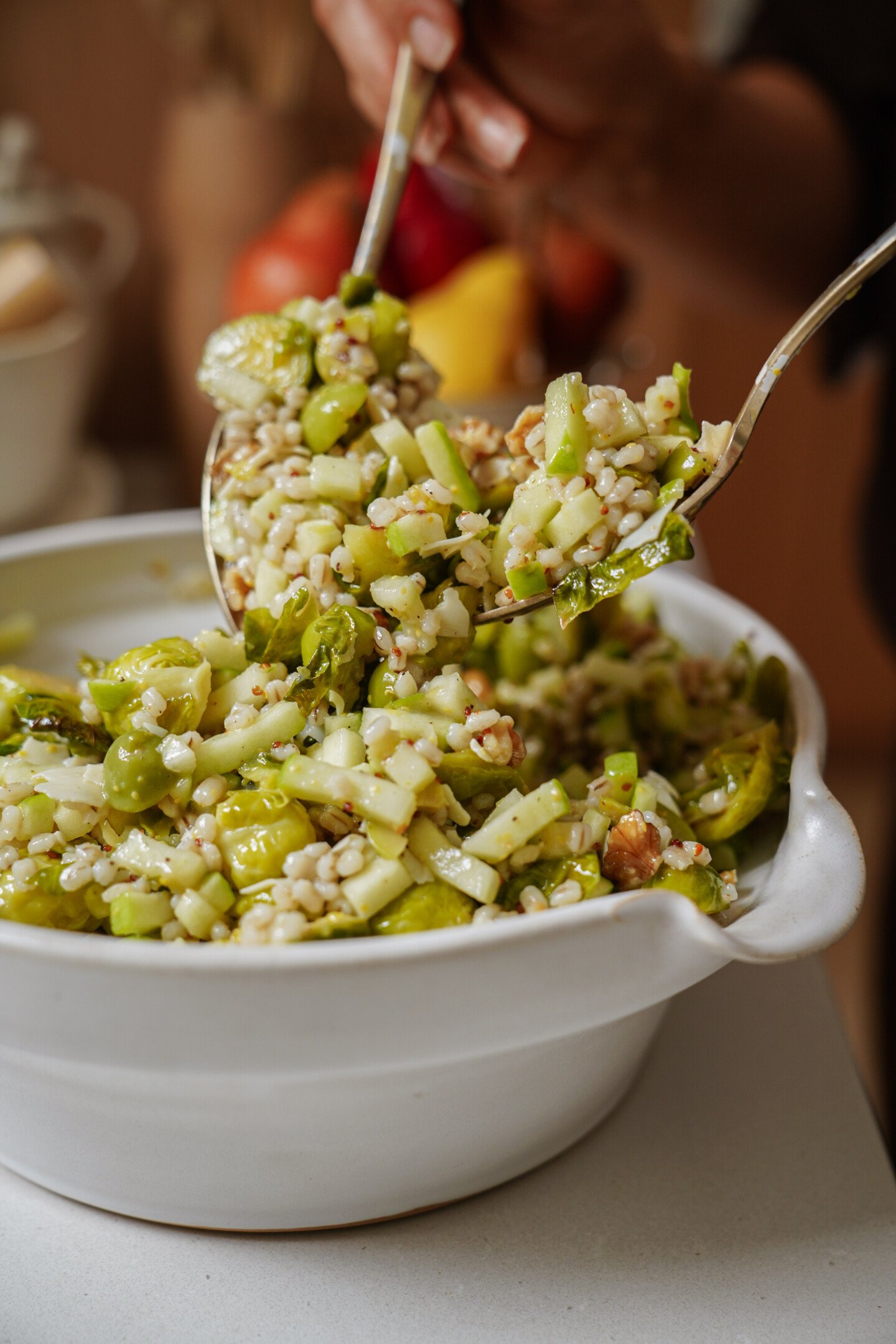
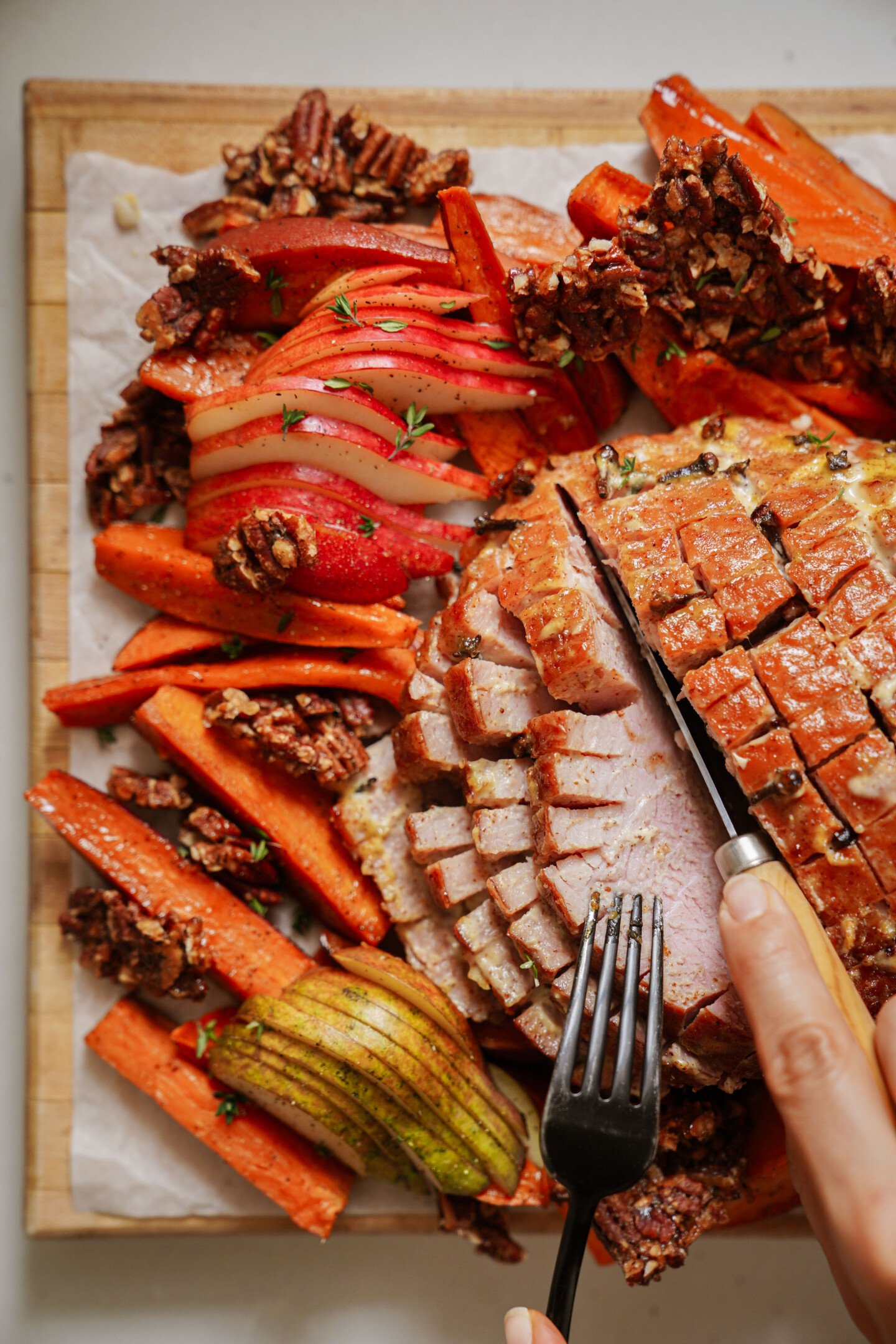
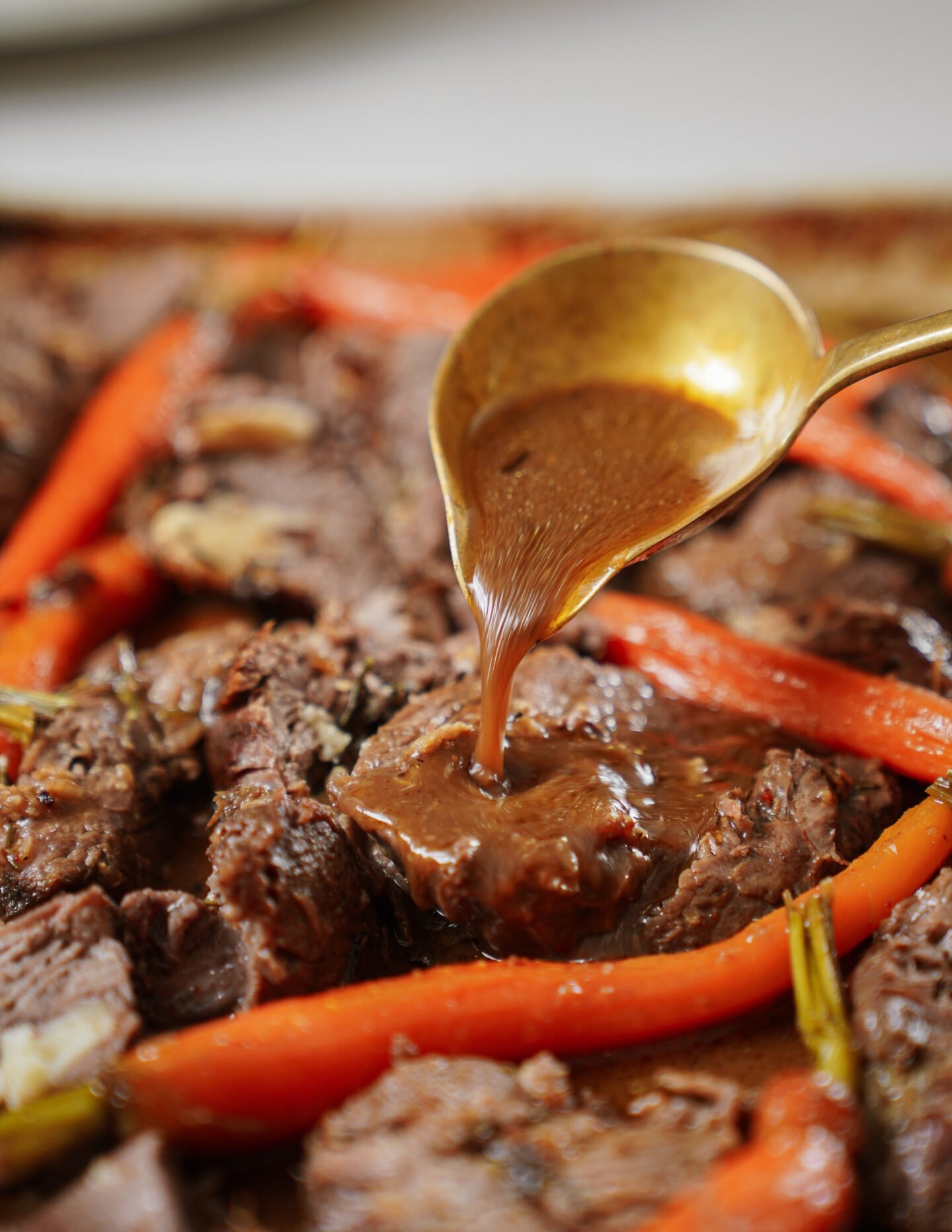

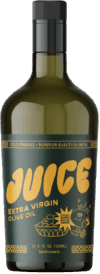
I remember you mentioning that your family olive oil is what you use. I would like to try it if you let me know the brand and where I can buy it.😊😋
Hi hunnie! It’s not for sale but stay tuned!!!
Such a great post Maria. Being Greek I use Olive oil in my cooking exclusively and now those that wonder about how good olive oil really is….now they know1
Nice article! I do want to point out that although you stated that Olive oil has a high smok point, that is not the truth. Avocado or grape seed oil should be used for high heat, not olive.
My ancestors would disagree. It’s actually quite high but not as high as the ones you listed. I wouldn’t recommend using the highest quality olive oil you own when frying, but we’ve been doing it for centuries.
So many to choose from. What brands are your favourite?
Primis is great!! but please stay tuned for something we’ve been working on!
I learned alot here, will make me a smarter shopper now that I know what to look for!
Thank you, Karson!